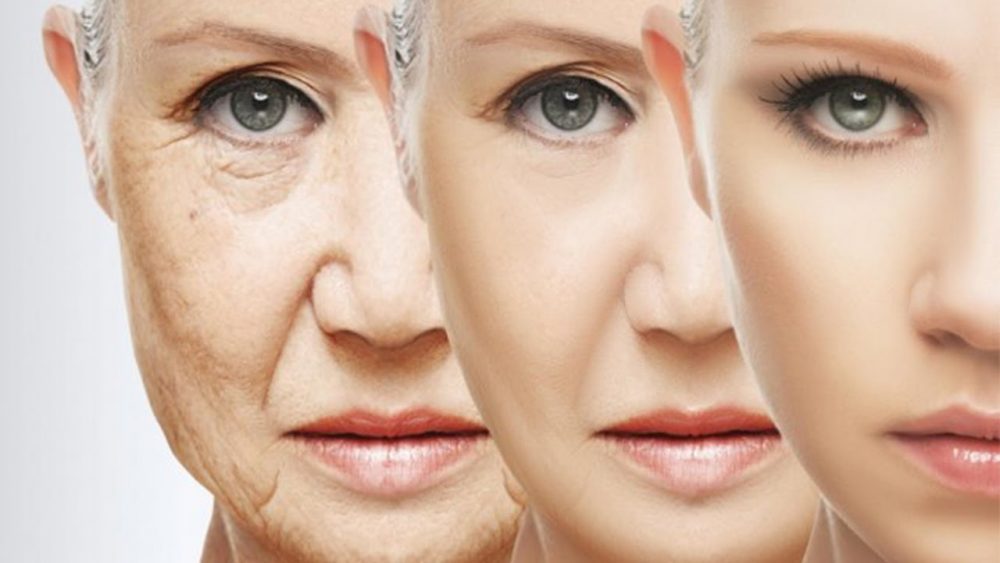Ageing is an inevitable process that every living organism goes through, including humans. With ageing comes the increased risk of debilitation, sickness, and ultimately death. The term “senescence” is used to describe the ageing-related symptoms that occur during this process. However, in recent years, there has been a growing interest in reversing the ageing process and becoming biologically youthful once again. This process is known as rejuvenation.
To understand rejuvenation better, it is essential to differentiate it from anti-ageing. Anti-ageing refers to the conservation or management of ageing biomarker status, which is often assessed using biomarkers such as DNA modification sequences or telomere length. On the other hand, rejuvenation requires a long-term, systemic reduction in biological age and remarkable enhancement of regenerative capacity. Rejuvenation involves reversing the ageing process by reducing damages at the molecular level, restoring cell functioning at the cellular level, and improving physiological functions at the organismal level.
There are various rejuvenation strategies available today, ranging from safe methods such as exercise and supplementation to more dangerous ones such as gene therapy and organ transplants. Some rejuvenation strategies have been demonstrated to correct epigenetic age, enhance cellular stem functions, restore age-related vision loss, and even extend lifespan in mice models.
One rejuvenation method that has shown promising results is exercise. However, for individuals who cannot exercise, other physiological regimens such as hyperbaric oxygen therapy have been found to increase telomeres in various types of immune cells and reduce the dormant cell population. Caloric restriction, a decrease in caloric intake without malnutrition, has also been found to prevent age-induced impacts on tissue regeneration and revitalise tissue repair in elderly organisms.
Another rejuvenation strategy involves supplementing with NAD+ precursors, which has been found to counteract ageing symptoms such as telomere lengthening. Mitochondrial failure, deregulated nutrition sensing, proteostasis loss, and epigenetic changes can cause normal cells to become senescent. Senescent cells, in turn, produce paracrine senescence in surrounding normal cells via the senescence-associated secretory phenotype (SASP), leading to an accumulation of senescent cells in the body. However, there is mounting evidence that senescent cells play a negative effect on ageing.
Rejuvenation therapies hold promise for reversing people’s biological ages, extending their lives and enhancing their health. However, many of the underlying mechanisms of rejuvenation are unclear, and the current detrimental effects caused by specific therapies preclude their widespread use. Existing techniques, such as decreasing the dose and tracking critical parameters regularly, can help alleviate these adverse reactions.
If you are interested in exploring anti-ageing protocols or rejuvenation therapies, consider seeking the advice of a medical professional with expertise in this area. Dr Refresh is a clinic specializing in many anti-ageing protocols to help individuals live a longer, healthier life. Book your appointment with one of their medical staff in West Hollywood now to learn more about the rejuvenation strategies that are available to you.
In conclusion, while reversing the ageing process and becoming biologically youthful may seem like an unattainable goal, there are several rejuvenation strategies available today that hold promise for extending lifespan and enhancing health. With continued research and development, it may be possible to unlock the secrets of rejuvenation and provide individuals with a chance to turn back the clock and live a longer, healthier life.
Reference
Boccardi, V., & Herbig, U. (2012). Telomerase gene therapy: a novel approach to combat aging. EMBO Molecular Medicine, 4(8), 685–687. https://doi.org/10.1002/emmm.201200246
Borghesan, M., Hoogaars, W. M. H., Varela-Eirin, M., Talma, N., & Demaria, M. (2020). A Senescence-Centric View of Aging: Implications for Longevity and Disease. Trends in Cell Biology, 30(10), 777–791. https://doi.org/10.1016/j.tcb.2020.07.002
Bouchard, J., & Villeda, S. A. (2014). Aging and brain rejuvenation as systemic events. Journal of Neurochemistry, 132(1), 5–19. https://doi.org/10.1111/jnc.12969
Zhang, B., Trapp, A., Kerepesi, C., & Gladyshev, V. N. (2021). Emerging rejuvenation strategies—Reducing the biological age. Aging Cell, 21(1). https://doi.org/10.1111/acel.13538
